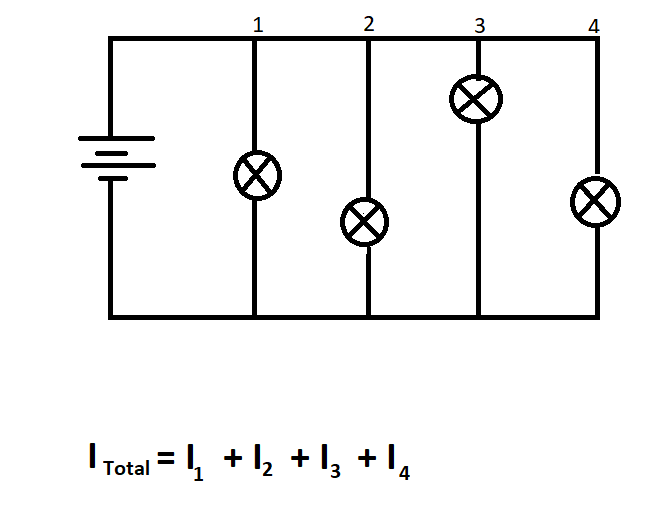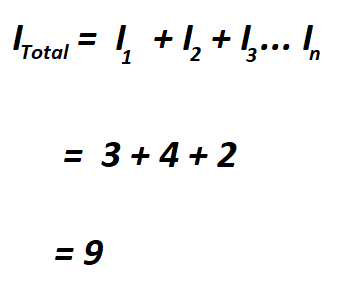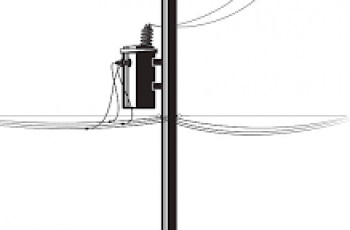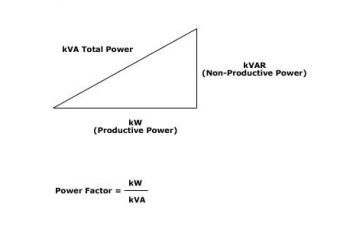An electrical circuit is a path or line through which an electrical current flows.
A parellel circuit on the other hand, has two or more paths for current to flow through. Voltage is the same across each component of the parallel circuit. The sum of the currents through each path is equal to the total current that flows from the source.
Current (I) is the rate at which electrons flow past a point in a complete electrical circuit.
Formula to calculate current(I) in a parallel circuit.
Total current(I) in a parallel circuit is equal to the sum of the individual branch currents.

Example:
If a closed circuit has 3 bulbs arranged in parallel, calculate the total current flowing through the circuit if through the first bulb 3A flows, in the second 4A flows and in the third 2A flows.

Therefore, the total current flowing through the circuit is 9 amperes.

